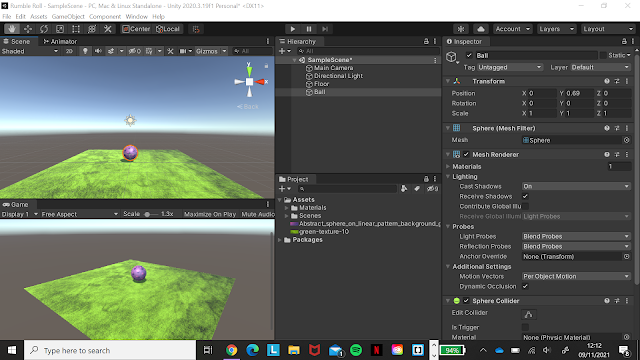Game Elements
Game Elements.
puzzle piece graphic, source: Shutterstock
Game design is like a jigsaw, they're all different types of pieces that need to be placed in the right spot to get the finished product. If you skip over a piece, the game may not be complete.
The first thing that comes to my mind when thinking about "where to start" for creating a game would be the player(s). They are the key to your game essentially. This article about Players tells us about the numbers of players needed depending on the type of game. For example, for a multiplayer game you can't construct the game for only one player. You need to think about how many players are needed for the type of game you are constructing for it to run successfully for the 'players'.
Here is the list gathered from "What are the qualities of a game" which shows us the key components involved for creating a game.
- Players
- Objectives (goals)
- Rules
- Resources and resource management
- Game state
- Information
- Sequencing
- Player interaction
- Theme (narrative, backstory, setting)
- Games as systems
"Prototyping a game" is a very important step. It allows you to step into the players shoes and figure out how this game will work and what won't work. In the video, we are told that it is good to get out of the idea stage f creating a game making it a visual somehow. That could be by simply drawing it out and creating a paper prototype, or you can simplify the game design in code and just see if the actions and concept will work etc. This step is very important as it enables you to see your concepts/designs visually and how you progress with the options that will be successful for your finished game. No consumer wants to play a game that has not been carefully perfected with the little details. The little details can add up in games.
In the article "Formal Abstract Design Tools" by Doug Church, I have learnt that developing a game from inspiration from other games can be good. If there were two/three games that you liked, and knew that certain elements from each could make a really good game can help your process of creating. You can then figure out what you like as a designer and what needs to be improved. You can use your past experience from playing different types of games yourself.




Comments
Post a Comment